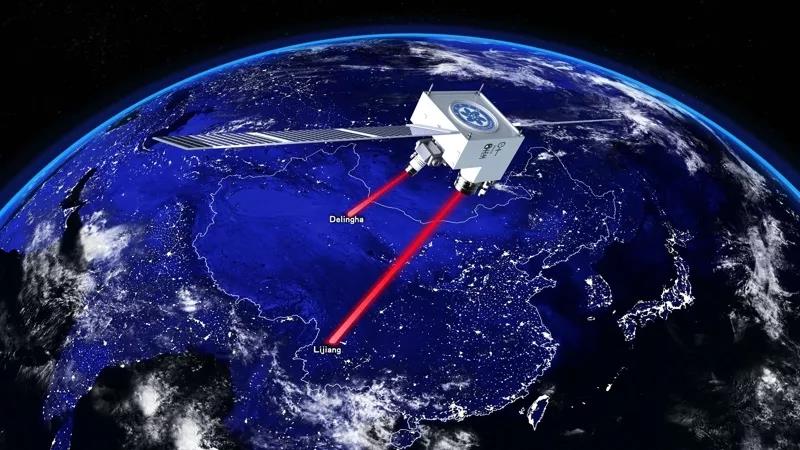- 首页 >> Research >> Research Progress
Research Progress
the "Mozi" Quantum Experiments at Space Scale team was awarded the 2018 Cleveland Prize

On January 31, 2019, the American Association for the Advancement of Science (AAAS) announced that the "Mozi" Quantum Experiments at Space Scale team was awarded the 2018 Cleveland Prize (Newcomb Cleveland Prize) in recognition of their achievement of the kilometer-level space-earth Two-way quantum entanglement distribution promotion of the large-scale quantum communication experimental research. This is the first time that the scientific achievements completed by Chinese scientists in the local country won this important honor since the American Association for the Advancement of Science established the Cleveland Award more than 90 years ago. The award will be officially presented at the annual meeting of the American Association for the Advancement of Science in Washington on February 14. The scientists from the Shanghai Institute of Technical Physics received the award: Wang Jianyu, Shu Wei, Jia Jianjun, Li Ming, Jiang Ziqing, Zhang Liang.
Founded in 1923, the Cleveland Award is the oldest award of the American Association for the Advancement of Science which is annually selected. The scope of the selection is among hundreds of important research papers published in the "Science" magazine during the period from the previous year's June to the following May. The award is rewarded to the most academic and influential results in the scope. In the past 20 years, in the field of quantum physics and optics, many influential research results were awarded, including the realization of Bose-Einstein condensation (1995), the discovery of the spin Hall effect in semiconductors (2005), the first discovery of the Majorana Fermi Signs (2012), super-resolution fluorescence microscopy (2015) and so on.
The Shanghai Institute of Technical Physics of the Chinese Academy of Sciences is the main responsible department for the payload part of the "Mozi" quantum satellite. The research team has paid lots efforts on the low-loss, high-reliability satellite quantum communication link and other technical problems. After years of research, the research team has made important breakthroughs in several key technologies such as the high-precision capture through space-earth path, tracking and aiming technology, the high-fidelity polarization control technology of complex optical system, diffraction-limited quantum light emission and so on. The two main loads of "quantum key communication machine" and "quantum entanglement transmitter" were developed for quantum satellite, and the research team also participated in the development of the other two important loads "quantum entanglement source" and "quantum experimental control and processing system".
At the beginning of 2017, the research team of Wang Jianyu of the Shanghai Institute of Technical Physics of the Chinese Academy of Sciences and Professor Pan Jianwei of the University of Science and Technology of China, using the "Mozi" quantum satellite, took the lead in the international realization of the two-direction quantum entanglement distribution of thousands of kilometers. On this basis, the quantum mechanical non-locality test which strictly satisfies the "Einstein locality condition" at the spatial scale is realized. It is a major breakthrough in the research field of spatial quantum physics. The related results were published on June 16th as the cover paper in the journal "Science". On August 10th, the "Mozi" quantum satellite realized the first quantum key distribution from satellite to the ground and the quantum teleportation from the ground to the satellite. It was published online in the form of a cover paper in Nature magazine. So far, the "Mozi" quantum satellite has successfully realized the three preset scientific goals, providing reliable technical support for the construction of a global quantum communication network. It continues to lead the development of the world's quantum communication technology and the basic problem of spatial scale quantum physics in the future, and laid a solid foundation for our country in the field of science and basic techniques.

AAAS
Founded in 1848, the American Association for the Advancement of Science (AAAS) is the world's largest association of science and engineering associations and the largest non-profit international technology organization with 21 professional chapters. The disciplines involved include mathematics, physics, chemistry, astronomy, geography, biology, and other natural and social sciences. There are 265 branches and 10 million members. The American Association for the Advancement of Science is also the sponsor and publisher of Science.
